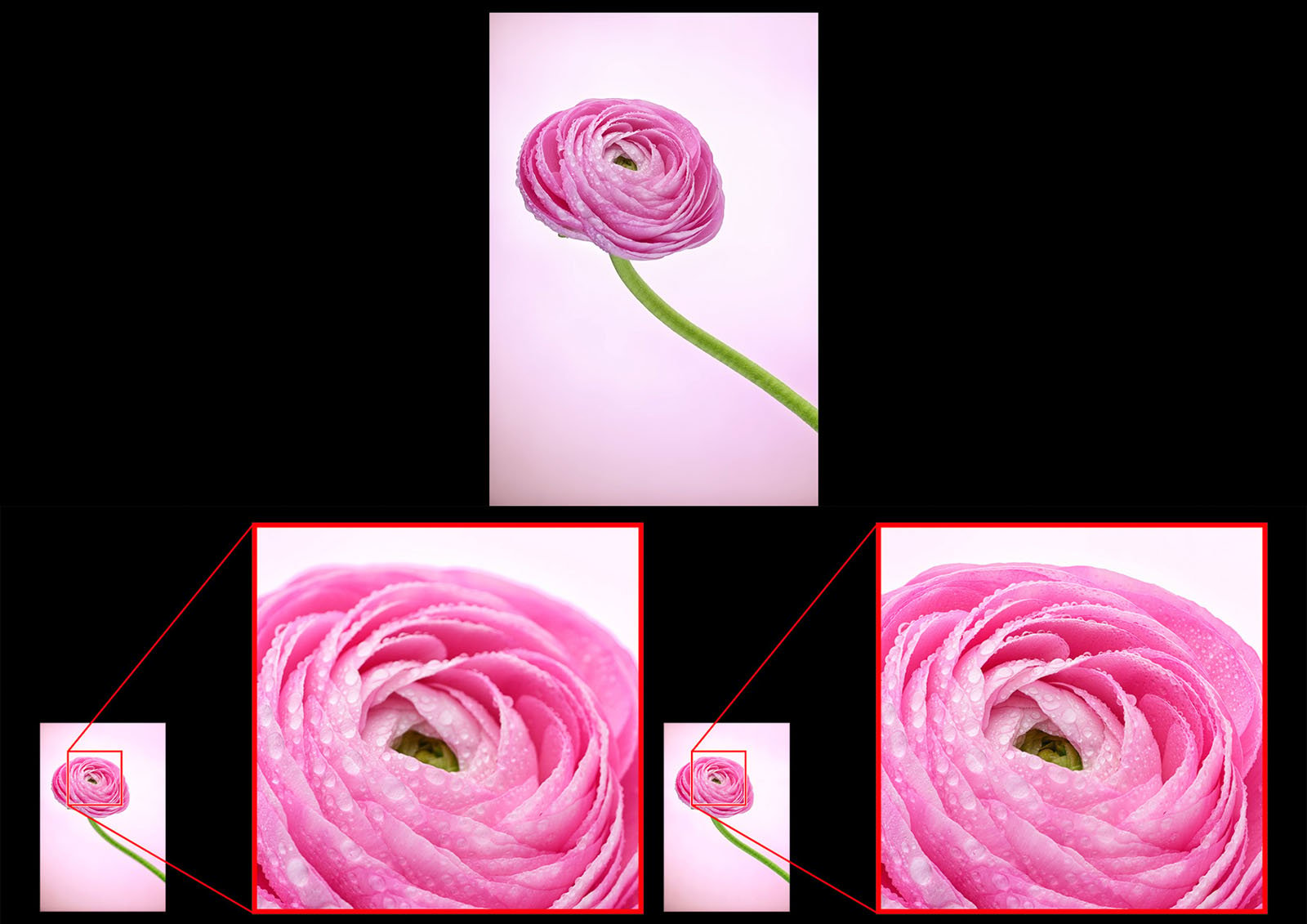Nikon Z8 Firmware Adds World’s First Pixel-Shift Mode With Focus Shift and AE Bracketing

Nikon has announced firmware version 3.00 for its Nikon Z8 full-frame mirrorless camera. The major firmware update introduces new support for pixel-shift shooting, enhanced Picture Control functionality, and significantly improved autofocus performance. Nikon says the firmware update makes the Z8 faster, more flexible, and an even more powerful high-resolution camera.
Improved Pixel-Shift Photography
The Nikon Z8’s improved pixel-shift shooting can now be used in combination with focus-shift shooting or AE bracketing settings. With the firmware 3.00 update, the Z8 is now the first full-frame mirrorless camera on the market to offer these settings without the need for external accessories, promising a simplified pixel-shift workflow that can better leverage the Z8’s high-resolution image sensor. Being able to combine focus shift and pixel-shift shooting could prove to be a boon for macro photographers, enabling them to not only take higher-resolution photos but also capture the images they need to create a focus-stacked photo with an expanded depth of field.

Pixel-shift itself was added to the Z8 in the 2.00 firmware update in February 2024. It allows users to combine multiple, slightly shifted images to create up to a 180-megapixel final photo. It requires the use of Nikon NX software on a computer to create the final composite.
When used in conjunction with AE bracketing, users can more accurately capture pixel-shift shots of subjects with high contrast while preventing moiré artifacts that are more likely to occur when photographing continuous patterns. Essentially, users can capture pixel-shift data across multiple exposure brackets to ensure they have sufficient data for both highlight and shadow regions, resulting in a pixel-shifted HDR image.
![]()
Nikon has also tweaked pixel-shift file management on the Z8, allowing users to create a new folder for each pixel-shift sequence. Furthermore, users can now enable pixel-shift in self-timer mode and lock white balance, even when using automatic white balance, two features that were previously unavailable on the Z8.
Flexible Color Picture Control Improves Customization
With firmware version 3.00, Z8 owners can utilize Flexible Color Picture Control to create their own unique looks inside Nikon’s processing and editing software, NX Studio. Within NX Studio, Z8 owners can adjust image parameters such as color hue, brightness, and contrast and then save their specific look to a memory card. When inserted into the Z8, users can then save these custom looks on the Z8 as Custom Picture Controls. Like other Picture Controls, these can be previewed in real-time while shooting, allowing photographers to see what the final image will look like while composing in the viewfinder or on the rear display.
![]()
Improved Autofocus Control
Firmware version 3.00 introduces an in-camera focus limiter to the Z8, which restricts autofocus to a selected range. This is similar to the focus limiter switches on high-end telephoto lenses, which can limit autofocus to specific distances but with more customization options. Z8 users can specify precise minimum and maximum focus distances, ensuring more accurate focus on the intended subject, provided they are a predictable distance from the camera. Nikon also notes that this feature can be beneficial when photographing subjects partially obscured by foreground objects, such as wildlife, or when trying to prevent background distractions from being detected, as in macro work.
Additional Improvements
Nikon Z8 firmware 3.00 includes other helpful features and improvements, including the ability to select a subject type for detection priority when using manual focus, focusing at maximum aperture in live view, 400% magnification in the zoom function, new custom wide-area AF setting patterns, a slower release mode option, a new [FINE] image-quality setting for improved image quality when using High-Speed Frame Capture+, and the option to use an external mic (wired or wireless) when recording voice memos.
Specifically for videographers, View Assist has been improved in firmware version 3.00. N-Log View Assist now features enhanced contrast and detail to deliver a more accurate waveform exposure and display on external monitors, making it easier for users to work with N-Log, which would otherwise appear washed out.
The new firmware also allows Profoto A10 owners to use its white LED as a powerful AF-assist illuminator on the Nikon Z8. While this is a niche use case, it is nonetheless worth mentioning.
Availability
Nikon Z8 firmware 3.00 will be released “soon.” PetaPixel will share updated availability information as soon as it is available.
Image credits: Nikon
Source link


